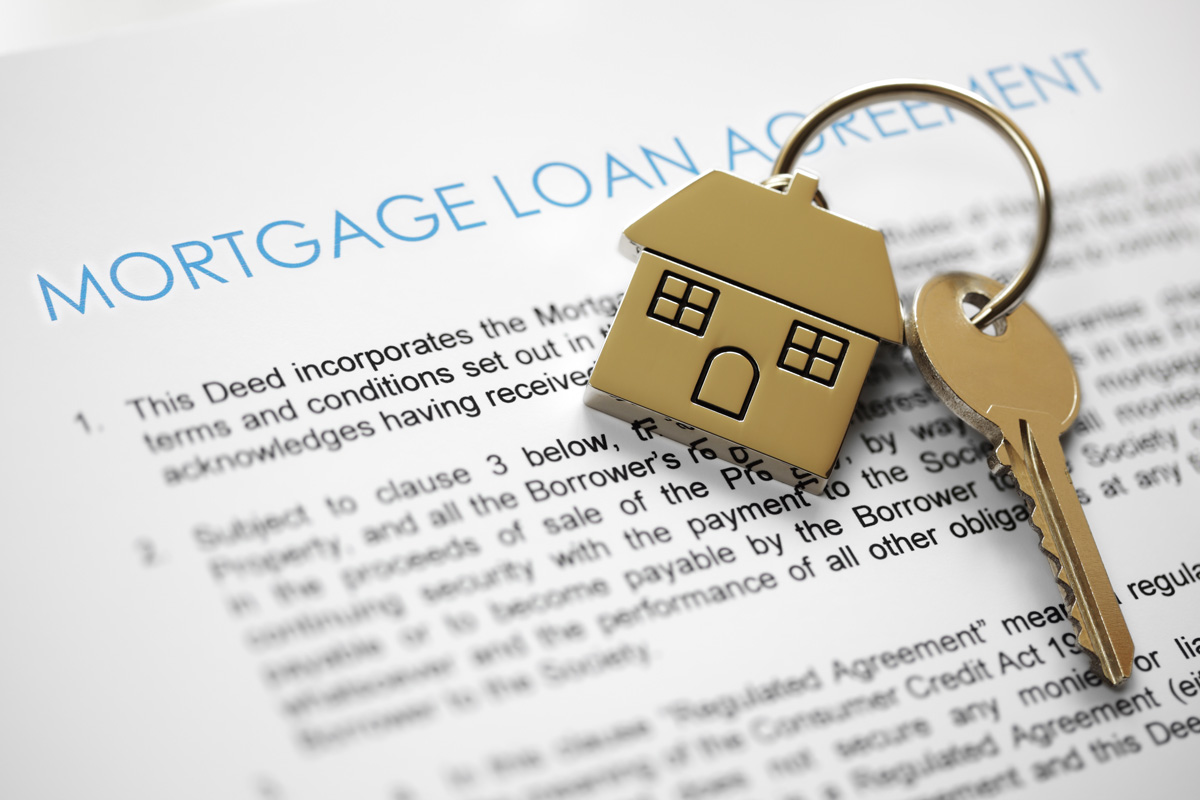Conventional Mortgage Loans: Flexible Financing Solutions for Your Fantasize Home
Conventional Mortgage Loans: Flexible Financing Solutions for Your Fantasize Home
Blog Article
The Crucial Factors to Think About When Picking In Between Fixed-Rate and Variable-rate Mortgage Lendings
When examining home mortgage alternatives, borrowers face a pivotal choice between adjustable-rate and fixed-rate finances, each presenting unique advantages and possible challenges. Trick considerations such as interest price stability, predictability in monthly repayments, and the implications of possible rate adjustments can dramatically affect long-term monetary health.
Passion Rate Security
When choosing a mortgage, comprehending rates of interest stability is critical for informed decision-making. Passion rates can significantly affect the overall price of a mortgage, and identifying the nature of these rates is essential for consumers. Fixed-rate home loans supply the advantage of regular monthly settlements over the life of the funding, shielding debtors from market changes. This security allows homeowners to prepare their funds with better certainty, as they will not be impacted by climbing rates of interest.
On the other hand, variable-rate mortgages (ARMs) start with reduced first prices that might transform periodically based upon market conditions. While this can lead to lower payments at first, it likewise introduces uncertainty, as customers may deal with boosted settlements if passion prices increase. For those taking into consideration an ARM, it is essential to analyze the chance of price adjustments, the potential for payment increases, and the length of the first fixed-rate duration.
Inevitably, the selection in between adjustable-rate and fixed-rate mortgages pivots on specific threat resistance and financial circumstances. Understanding rates of interest stability assists debtors make notified decisions that line up with their long-term financial goals.
Monthly Payment Predictability
While borrowers frequently prioritize rate of interest stability, the predictability of monthly payments is just as crucial in the home mortgage option procedure (Conventional mortgage loans). Monthly repayment predictability plays a critical duty in budgeting and economic planning, as it directly influences a home owner's capital and total monetary health
Fixed-rate home loans offer a regular regular monthly settlement throughout the life of the loan, permitting customers to prepare for and plan their expenditures efficiently. This stability can be specifically beneficial for new property buyers or those on a fixed income, as it removes the uncertainty connected with fluctuating repayments.
Conversely, adjustable-rate home mortgages (ARMs) usually include lower initial settlements that can change gradually, leading to potential variability in monthly obligations. While at first attractive, this changability can complicate economic planning, especially if debtors do not make up future price adjustments.
Prospective Price Adjustments
In the world of adjustable-rate home mortgages (ARMs), potential rate modifications stand for a substantial factor that borrowers need to meticulously consider. Unlike fixed-rate mortgages, where the rate of interest remains unmodified for the life of the financing, ARMs are characterized by varying interest prices that are linked to market indices. This variability can lead to substantial changes in monthly repayments, impacting the customer's financial planning and budgeting.
Consumers have to be conscious of the margin and index used to compute these adjustments, as they directly influence future passion rates. Additionally, ARMs usually include caps that restrict exactly how a lot the interest price can raise at each change and over the life of the finance, which can offer some degree of security versus extreme price walkings.
Understanding these prospective adjustments is vital for customers, as they straight affect lasting repayment commitments. As a result, assessing personal economic circumstances and risk resistance is necessary when making a decision whether an ARM straightens with one's monetary objectives.
Financing Term Considerations
Funding term factors to consider play a pivotal function in the decision-making procedure for borrowers selecting in between fixed-rate and adjustable-rate home loans. The size of the financing term substantially influences monthly payments, passion rates, and general economic look these up planning. Fixed-rate home loans typically provide regards to 15 to 30 years, offering security in monthly payments and predictability in budgeting. This can be especially appealing for consumers that intend to remain in the exact same home lasting and choose the assurance of fixed repayments throughout the life of the car loan.

Eventually, customers must analyze their individual scenarios, financial objectives, and market problems when evaluating the implications of loan term selections within each home loan type.

General Cost of Borrowing
The general expense of borrowing is an essential element that can considerably influence a consumer's option in between fixed-rate and adjustable-rate home mortgages. Fixed-rate home loans use foreseeable regular monthly repayments, as the rate of interest stays continuous throughout the loan term. This predictability can cause reduced general prices, especially in a steady or decreasing interest rate setting. Borrowers can budget plan effectively, understanding their settlements will not change.
Conversely, variable-rate mortgages (ARMs) generally begin with reduced preliminary rates, leading to lowered in advance expenses. These rates can enhance after a first duration, leading to possibly greater long-term prices. Borrowers should think about the regularity and extent of rate modifications, along with the overall lending period, to accurately examine the economic implications.
In addition, the general cost of loaning incorporates not only rate of interest however also costs and other associated prices, such as shutting costs and insurance (Conventional mortgage loans). For that reason, when assessing mortgage alternatives, customers should perform a detailed price analysis over the life of the lending. By doing so, they can make an enlightened decision that lines up with their financial objectives and risk resistance
Conclusion
Passion rate stability and regular monthly settlement predictability are paramount for efficient budgeting, while the capacity for price adjustments in ARMs introduces monetary unpredictability. Furthermore, the expected duration of homeownership and the overall expense of borrowing, consisting of rate of interest prices and linked costs, have to straighten with specific economic circumstances and risk tolerance.
Key considerations such as rate of interest rate stability, predictability in monthly payments, and the implications of potential rate modifications can dramatically influence lasting economic wellness. Rate of interest prices can substantially influence the total price of a home mortgage, and recognizing the nature of these prices is vital for customers. Unlike fixed-rate home loans, where the passion price remains unchanged for the life of the finance, this article ARMs are identified by rising and fall passion prices that are linked to market indices. Furthermore, ARMs usually consist of caps that limit how much the interest price can raise at each modification and over other the life of the funding, which can offer some level of defense versus extreme rate hikes.
Passion price stability and monthly settlement predictability are vital for efficient budgeting, while the potential for price adjustments in ARMs presents monetary uncertainty.
Report this page